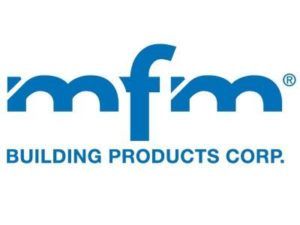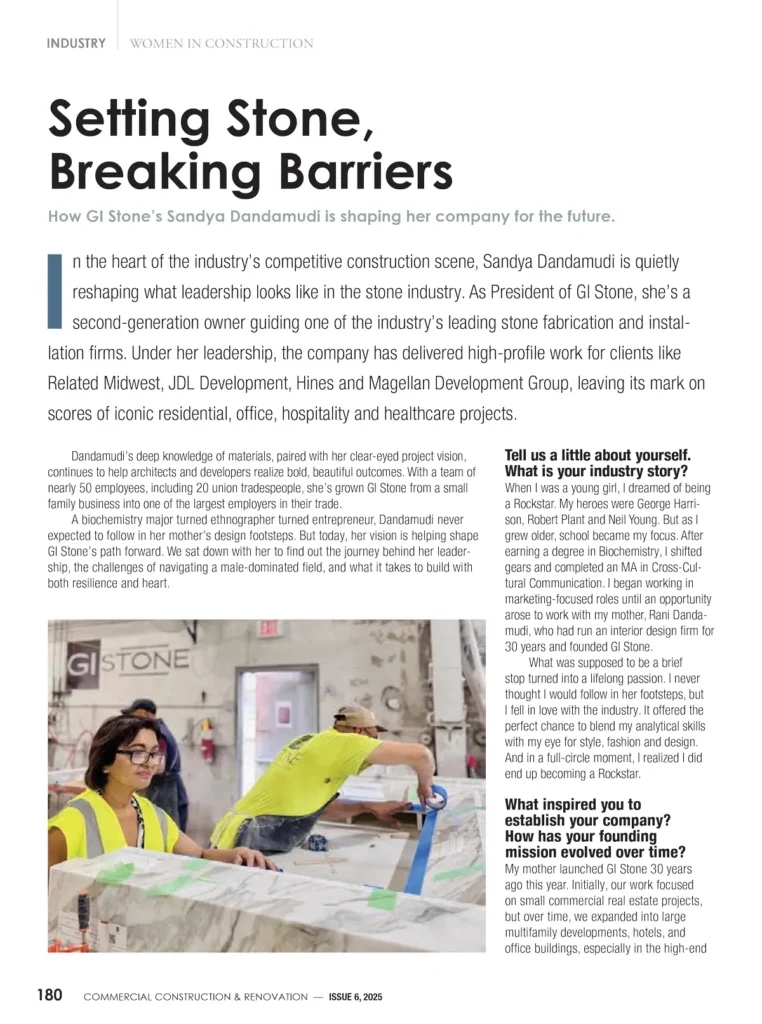With extreme weather events escalating in both frequency and severity, resilient design is becoming increasingly essential to the construction industry. Resilient design aims to produce structures that can withstand and quickly recover from extreme weather conditions due to climate change, thus providing safety, minimizing damage, and maintaining functionality.
Understanding Resilient Design
Resilient design is more than simply building structures that withstand environmental elements – it encompasses everything from planning and materials selection to construction methods and maintenance practices, all of which are designed to enhance the durability and adaptability of a built environment. Whether used for buildings, landscapes, or entire communities, the ultimate goal of resilient design is to mitigate the impact of extreme weather and other external threats. Its purpose is to protect buildings and their occupants, minimize repairs and the subsequent costs, and ensure a swift recovery after extreme weather events occur.
Roofing Strategies for Extreme Weather
As roofing systems are a first line of defense against the elements, they play a significant role in ensuring the resilience of a building. Roofing strategies for resilient design include
● Impact Resistant Materials: In areas that are prone to high winds and hailstorms, materials such as slate, metal, or specialty asphalt shingles are ideal choices for roofing applications because they are designed to withstand impacts without cracking or breaking, decreasing the risk of leaks and damage.
● Wind Resistance: Using enhanced fastening systems, reinforced roof edges, and wind-resistant roofing materials are techniques that help roofs endure severe winds. Lower profile roof designs are a way to reduce wind uplift.
● Waterproofing and Drainage: Heavy rainfall can cause significant harm, so appropriate measures need to be taken to safeguard a roof from water damage. Flat roofing requires durable waterproofing membranes while proper roof slope and drainage systems, such as gutters and downspouts, are essential for diverting water away from the roof surface and building foundation.
● Cool Roofing: In regions that experience extreme heat, cool roofing materials are a solid choice. Their ability to reflect more sunlight and absorb less heat helps to reduce a roof’s surface temperature, which contributes to the building’s energy efficiency and indoor comfort during heatwaves.
Resilience is an important consideration for buildings in need of a roof replacement. This is a good time to evaluate the type and frequency of extreme weather conditions in your area and determine which of these roofing strategies can be incorporated.
Construction Strategies for Extreme Weather
While every building project is different, there are certain construction strategies that can improve resilience.
● Reinforced Walls and Foundations: Steel frames, reinforced concrete, and other sturdy materials increase the structural integrity of buildings.
● Elevated Structures: In areas that experience heavy rainfall or are prone to flooding, the risk of water damage can be reduced by elevating the building structure and designing foundations that can withstand prolonged exposure to moisture.
● Self-Sufficient or Redundant Systems: Incorporating renewable energy sources such as solar panels and battery storage systems as well as water storage and backup electrical systems can ensure that buildings maintain livable conditions during an emergency.
● Climate-Responsive Design: Using materials and construction techniques that are suited to specific environmental conditions ensures that buildings are responsive to the local climate. Choose appropriate insulation and ventilation systems and design buildings that take advantage of natural light and heat.
As the climate continues to change, resilient design will play a crucial role in safeguarding built environments. Speak with a local roofing and construction company to learn more about which of these strategies would suit your building and the extreme weather conditions in your area.



































